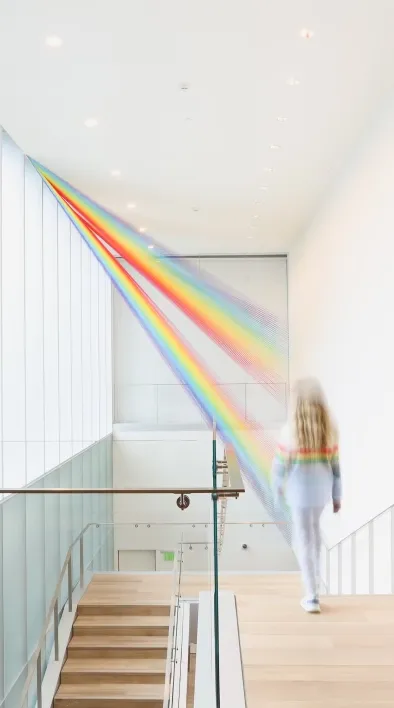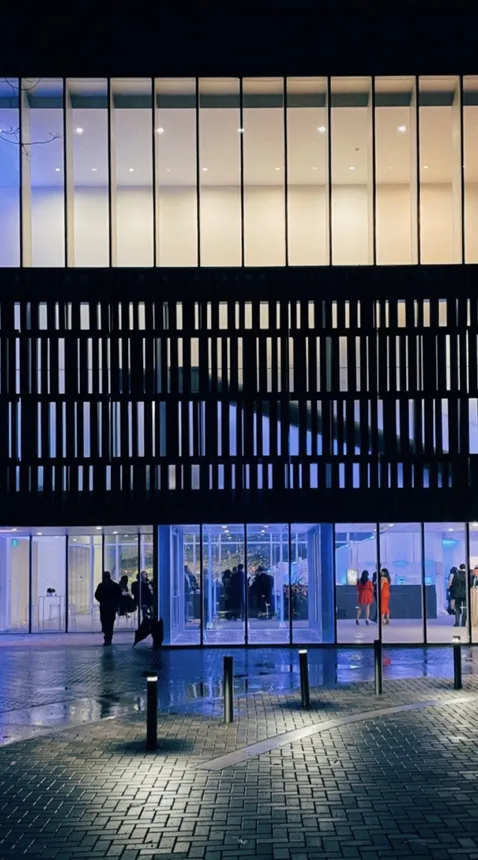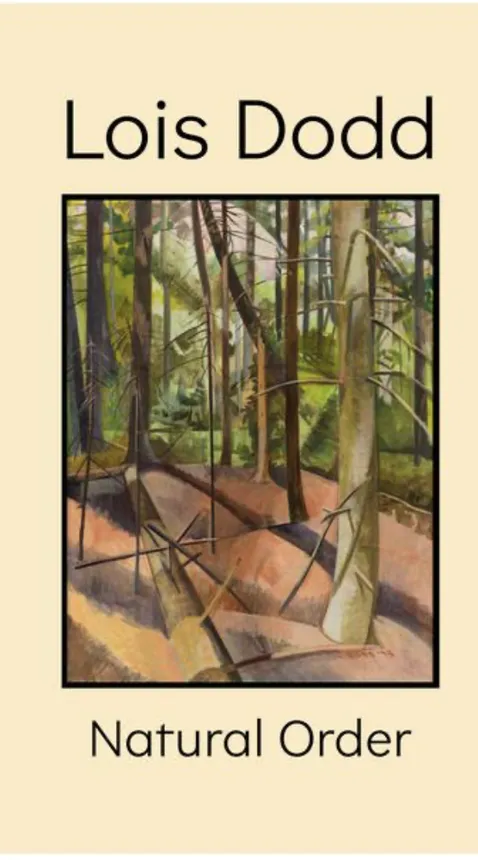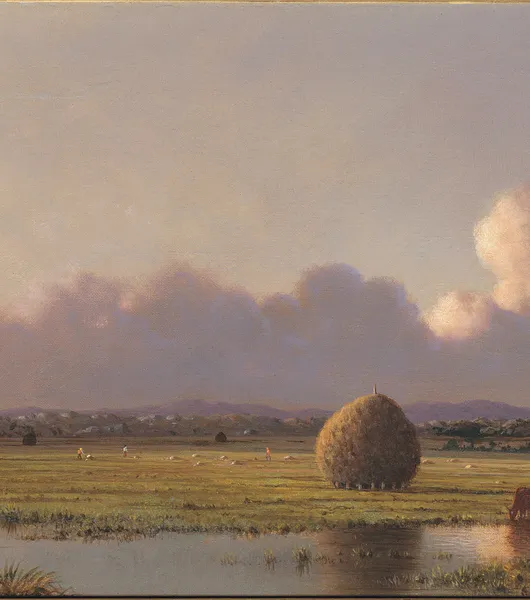
Nature’s Impressions: The Modernist Landscape
November 9, 2024–ongoing, Grossman Family Gallery
Art, to me, is the interpretation of the impression which nature makes upon the eye and brain. The word ‘impression’ as applied to art . . . really means the only truth because it means going straight to nature for inspiration and not allowing tradition to dictate your brush. . . . The true impressionism is realism.
—Childe Hassam
Art, to me, is the interpretation of the impression which nature makes upon the eye and brain. The word ‘impression’ as applied to art . . . really means the only truth because it means going straight to nature for inspiration and not allowing tradition to dictate your brush. . . . The true impressionism is realism.
—Childe Hassam
In his 1892 statement, Childe Hassam speaks to the essential relationship not only between art and nature but also between the artist’s eye and mind. While Hassam advocates working directly from the landscape, he recognizes that ultimately the artist’s interpretation of it—their “impression”—is translated from observed reality to its rendering in paint. Yet Hassam’s use of the term impression suggests more than a subjective, transitory artistic encounter with nature; it conjures a specific, modern style of painting associated, like Hassam himself, with French Impressionism. Between the 1860s and 1880s, these so-called Impressionists—including Claude Monet, Camille Pissarro, and Auguste Renoir—ventured beyond Paris to its suburban environs, experimenting with high-keyed hues, loose paint handling, and unusual perspectives to register fleeting atmospheric conditions, both natural and humanmade.
At the turn of the twentieth century, the American landscape also took on renewed currency as an artistic subject as widespread industrialization and urbanization threatened to alter its wild and seemingly limitless nature. In the Northeast, artists returning from Europe abandoned the metropolitan centers of New York and Boston for more rural corners of New England and the Hudson River Valley, where they found inspiration, revitalization, and community in the diverse—and distinctly American—landscapes they encountered.
Drawn entirely from the Bruce Museum’s permanent collection, this installation reveals how artistic responses to nature were informed by both avant-garde experimentation and the particularities of place. In Connecticut and elsewhere, the regional character of the Northeastern United States inspired artists and the colonies they formed to develop distinct aesthetic approaches to the landscape. Organized geographically, the works on view represent attempts not only to capture the essential spirit of those specific locales but also to register the painters’ own unique visual, artistic, and modern impressions of their world.
Nature’s Impressions: The Modernist Landscape is organized by the Bruce Museum and curated by Jordan Hillman, Curatorial Associate. Support for Nature’s Impressions: The Modernist Landscape is generously provided by CT Department of Economic and Community Development, CT Humanities, and the Charles M. and Deborah G. Royce Exhibition Fund.
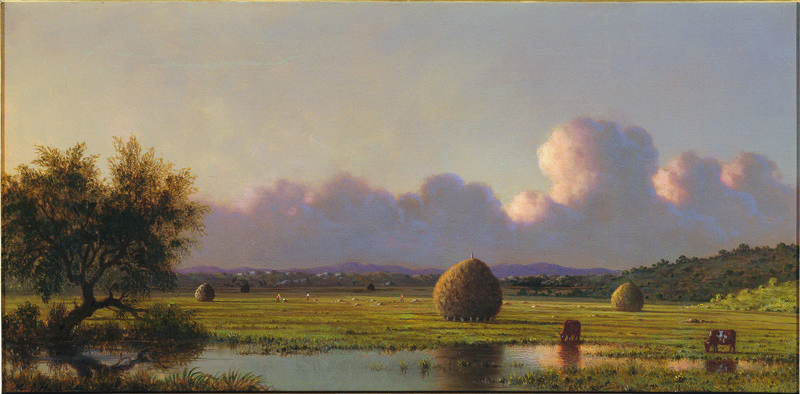
Martin Johnson Heade (American, 1819–1904)
Sunlight on Newbury Marshes, circa 1865–1875
Oil on canvas, 13 x 26 in.
Bruce Museum, Gift of Alice and L. Thomas Melly, 2023.03
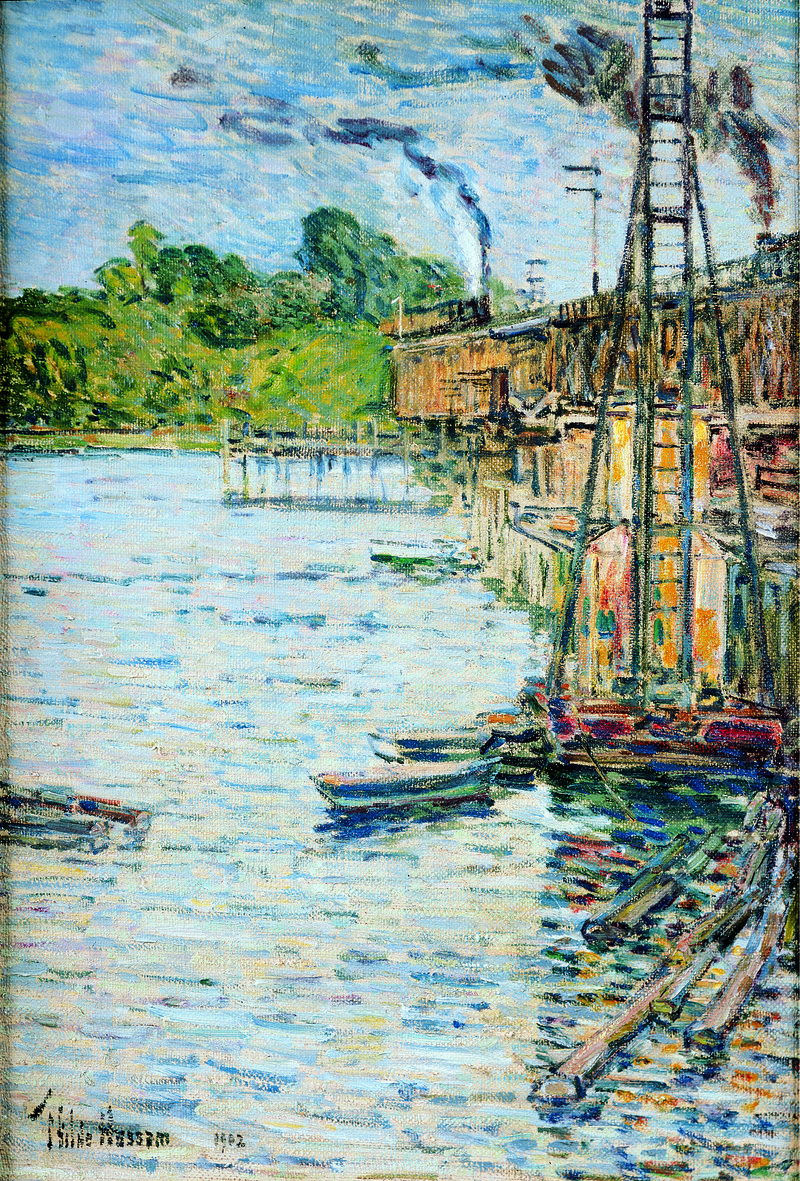
Childe Hassam (American, 1859–1935)
The Mill Pond, Cos Cob, 1902
Oil on canvas 26 ¼ x 18 ¼ in.
Bruce Museum, 94.25
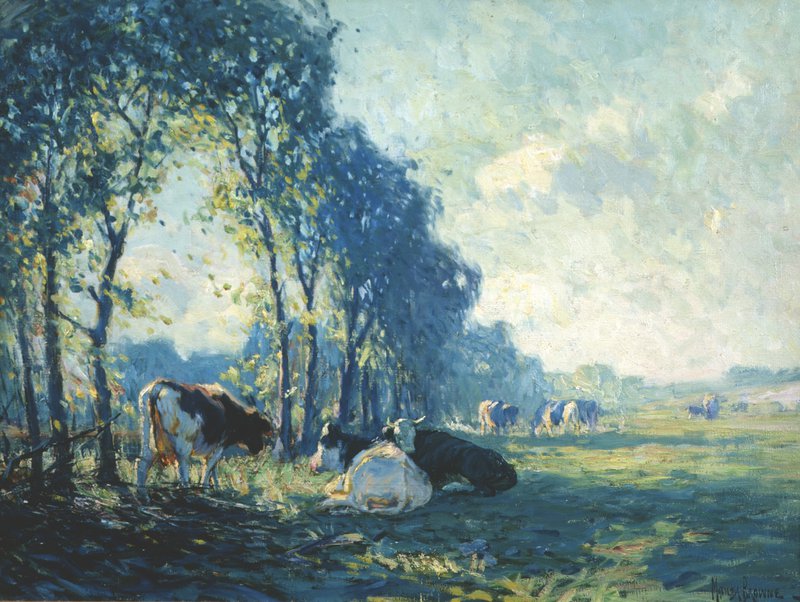
Matilda Browne (American, 1869–1947)
August Morning, circa 1919
Oil on canvas, 24 x 32 in.
Bruce Museum, 00026
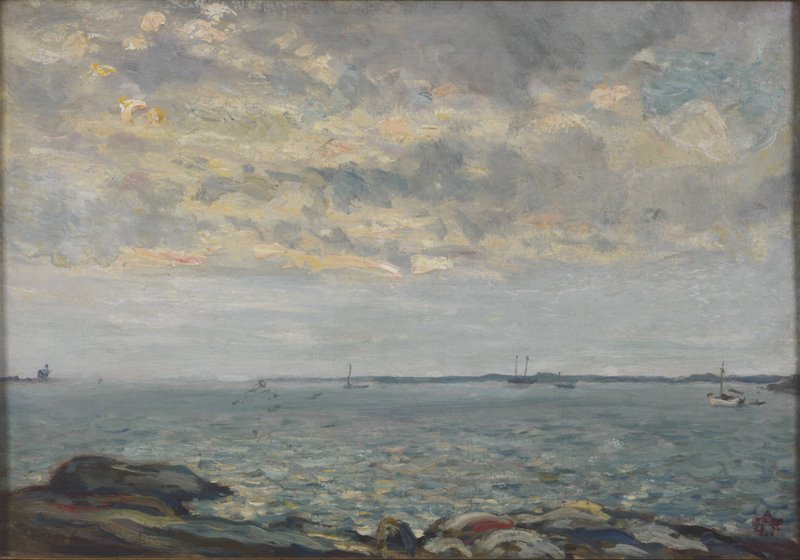
Henry Ward Ranger (American, 1858–1916)
Untitled (seascape), n.d.
Oil on canvas, 18 x 25 ¾ in.
Bruce Museum, Gift of the estate of Katherine S. Deutsch, 91.13
